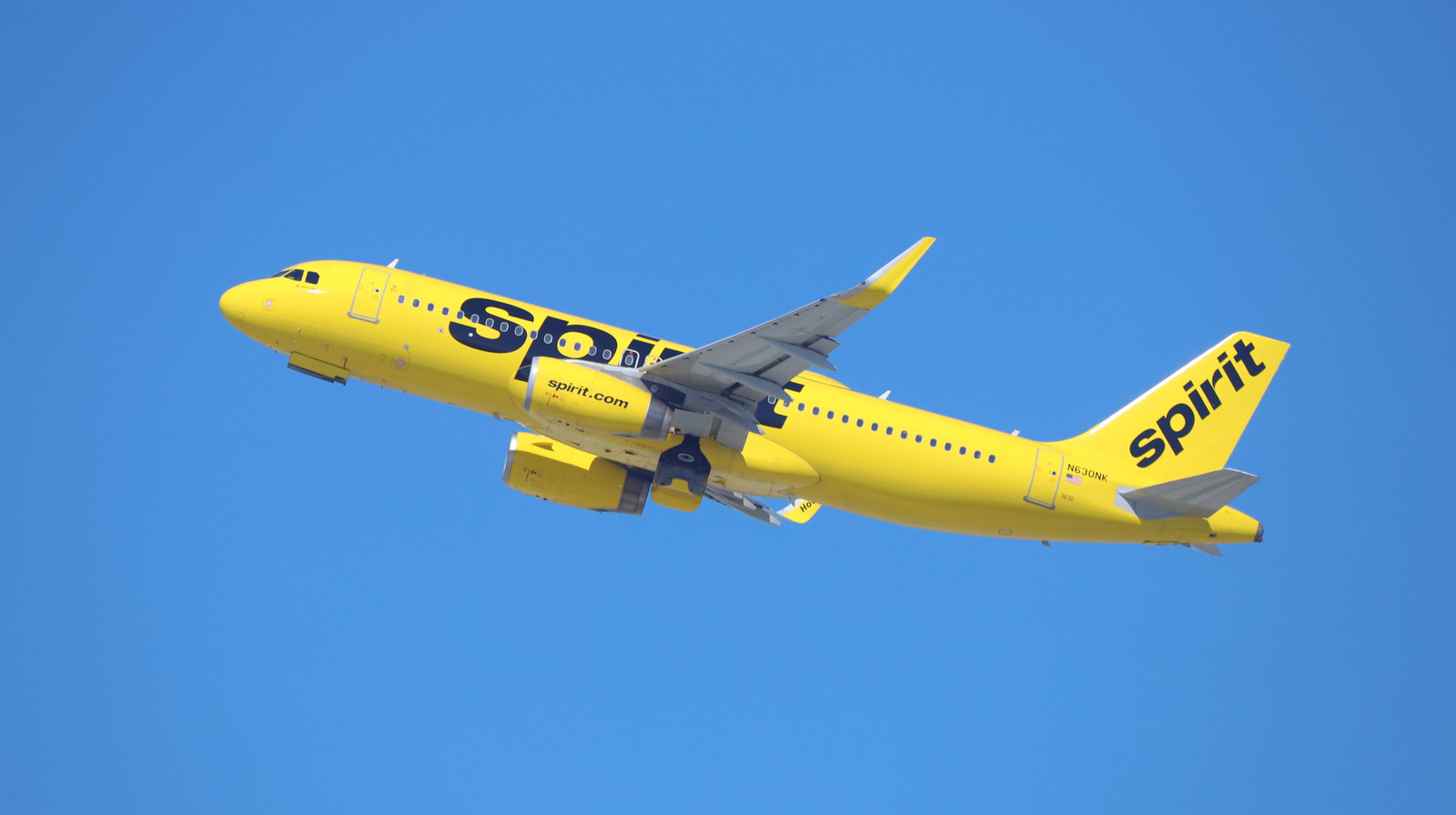What Really Happens When Pilots Fly Near a Storm at Sea?
You’re thousands of feet above the ocean, and the sky ahead is a churning wall of gray. Most of us would expect pilots to steer clear of a storm at all costs. But sometimes, as with the daring crew who recently skirted the edge of a massive storm at sea, the reality is more nuanced. Why would pilots make such a call, and what actually happens when they do?
Why Would Pilots Choose to Fly Near a Storm Instead of Around It?
It’s easy to assume that pilots always have the luxury of a wide detour. In truth, weather systems over the ocean can stretch for hundreds of miles, and rerouting isn’t always practical. Sometimes, the safest or only option is to navigate along the storm’s edge, where conditions are less severe.
Air traffic control, fuel limitations, and the need to keep flights on schedule all play a role. According to the Federal Aviation Administration, pilots are trained to evaluate real-time radar data, wind patterns, and turbulence reports before making these decisions. It’s not a reckless gamble—it’s a calculated risk, often backed by years of experience and up-to-the-minute technology.
How Do Pilots Assess the Risks of Flying Near a Storm?
Modern cockpits are packed with weather radar, satellite feeds, and lightning detection systems. Pilots use these tools to identify the safest possible path, sometimes threading the needle between cells of intense weather.
But it’s not just about technology. Veteran pilots develop a gut sense for reading the sky. Captain Laura Einsetler, a commercial airline pilot with over 20 years of experience, explains that “the edge of a storm can be manageable, but you have to respect its power. We’re always looking for signs of wind shear, hail, or sudden updrafts.”
The result? Pilots rarely fly directly into the heart of a storm. Instead, they’ll hug the periphery, where turbulence is lighter and visibility is better. It’s a bit like walking along a fence line instead of charging through a neighbor’s backyard during a thunderstorm.
What Are the Real Dangers of Skirting a Storm?
Even on the edge, storms can pack a punch. Turbulence is the most common issue, and while it’s rarely dangerous to the aircraft itself, it can make for a rough ride. According to the National Transportation Safety Board, turbulence-related injuries are the leading cause of in-flight accidents for passengers and crew who aren’t buckled in.
Lightning strikes, though dramatic, are usually harmless thanks to modern aircraft design. The real threats are less obvious: sudden wind shifts, hail, and heavy rain can all challenge a pilot’s skill and the plane’s systems. That’s why airlines have strict protocols for storm proximity, and why pilots are quick to divert if conditions worsen.
How Do Passengers Experience a Flight Near a Storm?
If you’ve ever felt your stomach drop during a bumpy flight, you know the feeling. Passengers might notice the seatbelt sign stays on longer, or that the crew pauses service. The windows might flash with distant lightning, and the ride can get choppy.
But here’s the thing: commercial jets are built to handle far more than most storms can dish out. The wings flex, the engines hum along, and the pilots are in constant communication with ground control. For most travelers, the biggest inconvenience is a delayed beverage cart or a longer route to their destination.
What Lessons Do Pilots Take from These Experiences?
Every flight near a storm is a learning opportunity. Pilots debrief with their crews, review radar data, and share insights with colleagues. Airlines use this feedback to refine their weather avoidance strategies and invest in better forecasting tools.
There’s also a human side. Pilots talk about the adrenaline rush, the satisfaction of a job well done, and the responsibility they feel for every soul on board. It’s a blend of science, skill, and a dash of old-fashioned nerve.
The big takeaway? Navigating storms isn’t about perfection—it’s about smarter adjustments. Start with one change this week, like checking your flight’s weather before you board, and you’ll likely spot the difference by month’s end.


